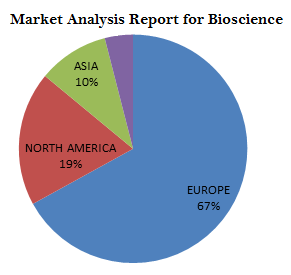J Espina
University of Oviedo, Spain
Title: Chemical modifications of carbon dots surface to improve medical transport
Biography
Biography: J Espina
Abstract
Nanoparticles (particles ranging from 1 to 100 nm) are widely used in many fields such as biomedicine, optics, electronics, chemistry, etc. It is in the biomedical field where nanoparticles show impressive potential applications. Fluorescent semiconductor metal nanocrystals (quantum-dots) are commonly used as fluorescent probes because of its high photoluminescence quantum yield and tunability. Nevertheless, the toxicity of quantum dots limits its application, so it is common to coat them with inert materials such as silica in order to lower the toxicity. Likewise, depending on the aim of the quantum dot, other co-functionalizations might be necessary, but it is difficult to combine both needs. Carbon dots are a good choice to solve this problem as they have similar fluorescent properties to quantum dots, but are easier to modify chemically. Carbon dots are carbon-based non-toxic, water-soluble nanoparticles which show good cell membrane permeability, high photostability and a very versatile surface chemistry. Thus, carbon dots are a good alternative to the use of quantum dots as fluorescent imaging probes. In this work, we describe the synthesis of highly luminescent carbon dots from citric acid by a hydrothermal carbonization method. After that we functionalized the surface with α-cyclodextrin, β-cyclodextrin and glucose. This functionalization increases its ability to go through the cell membrane and the space inside the cyclodextrin glucose ring might allow incorporating doxorubicin (chemotherapy medication) and transporting them inside the cell. Carbon dots showed high fluorescence emission at 433 nm (347 nm excitation). U2OS and 293T line cells as well as confocal microscopy were used to check the ability of carbon dots to enter inside the cell using a 405 nm laser. All these characteristics make carbon dots good candidates as cancer treatment agent in the future.

